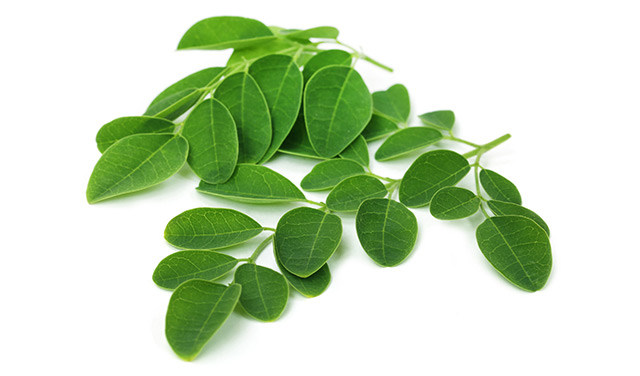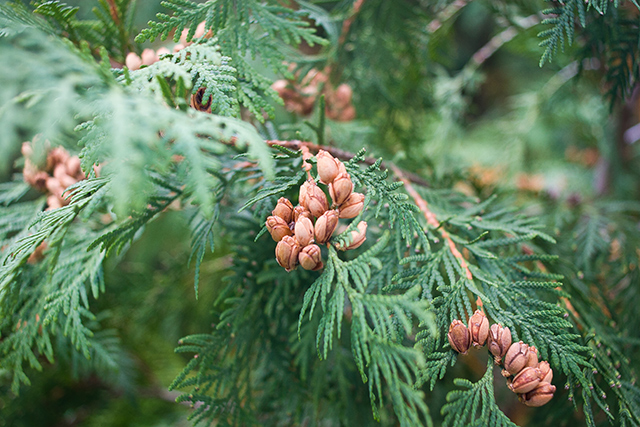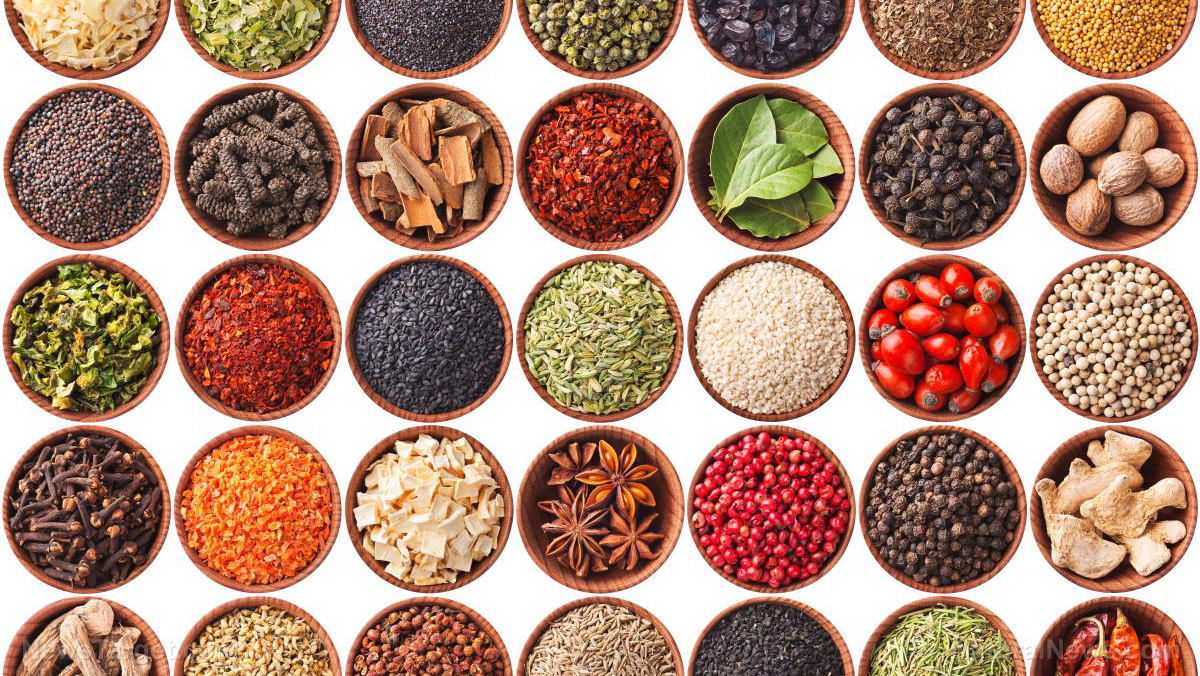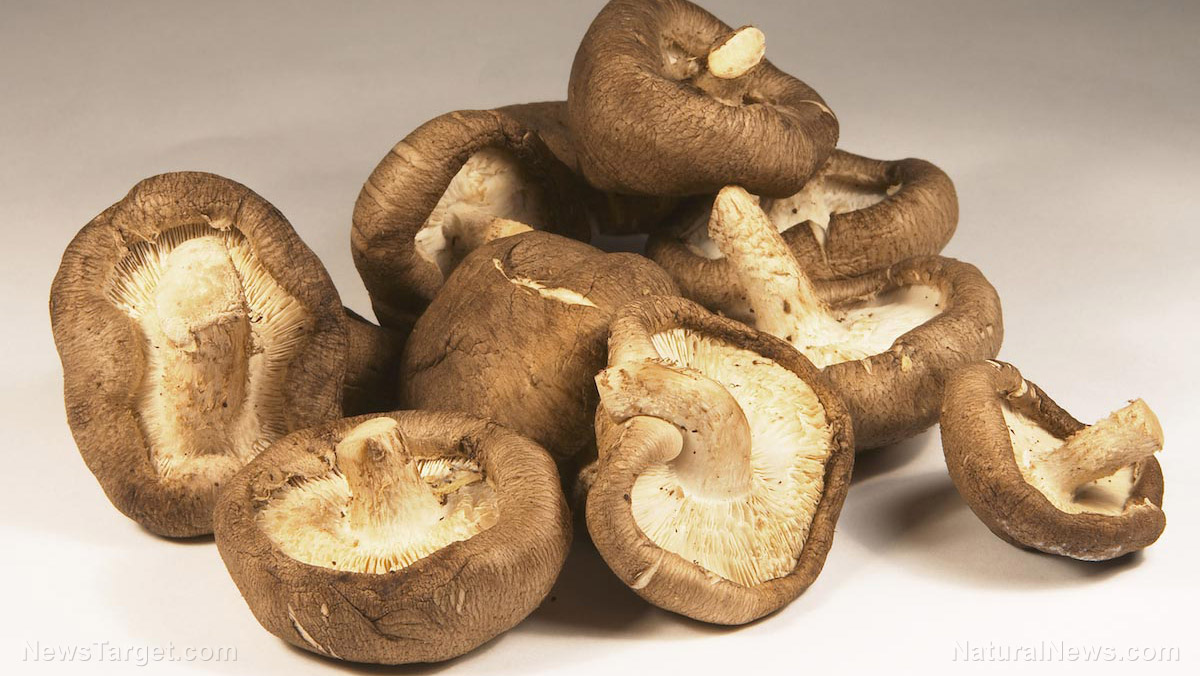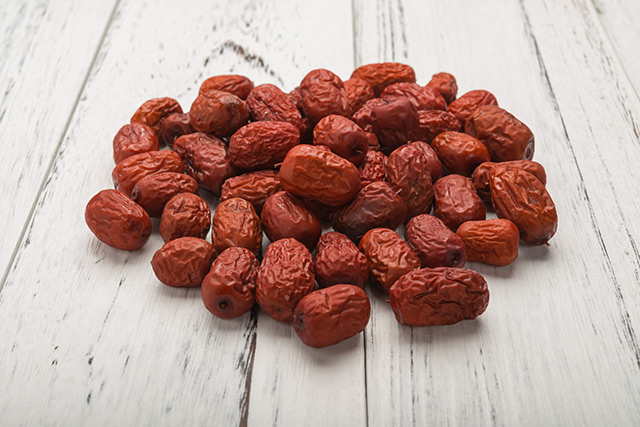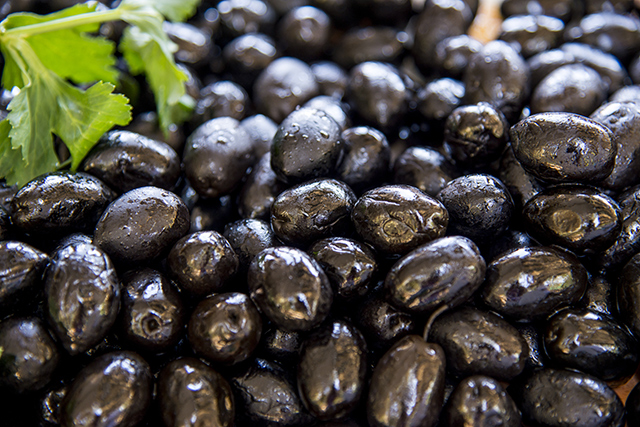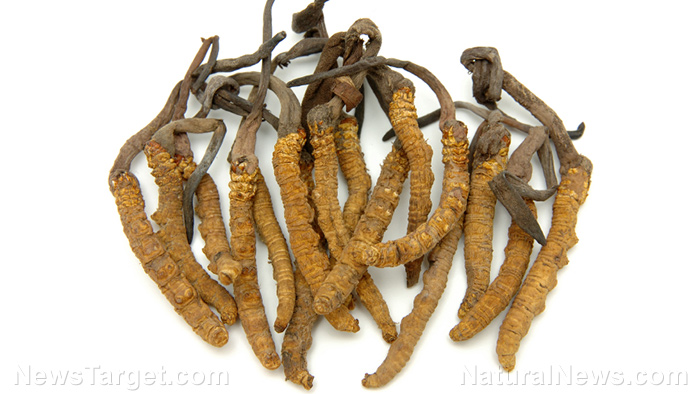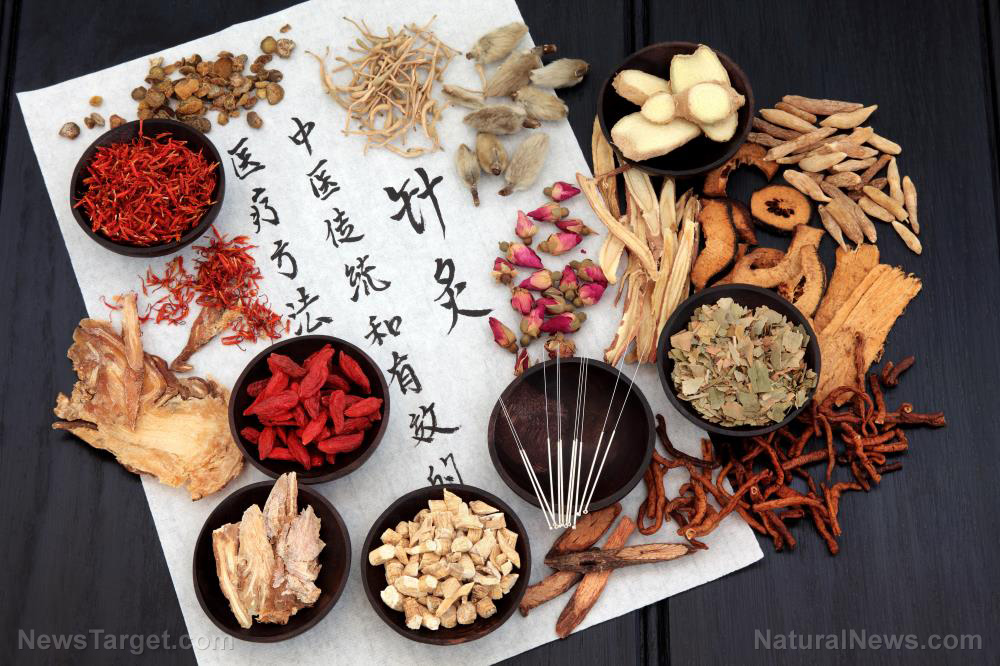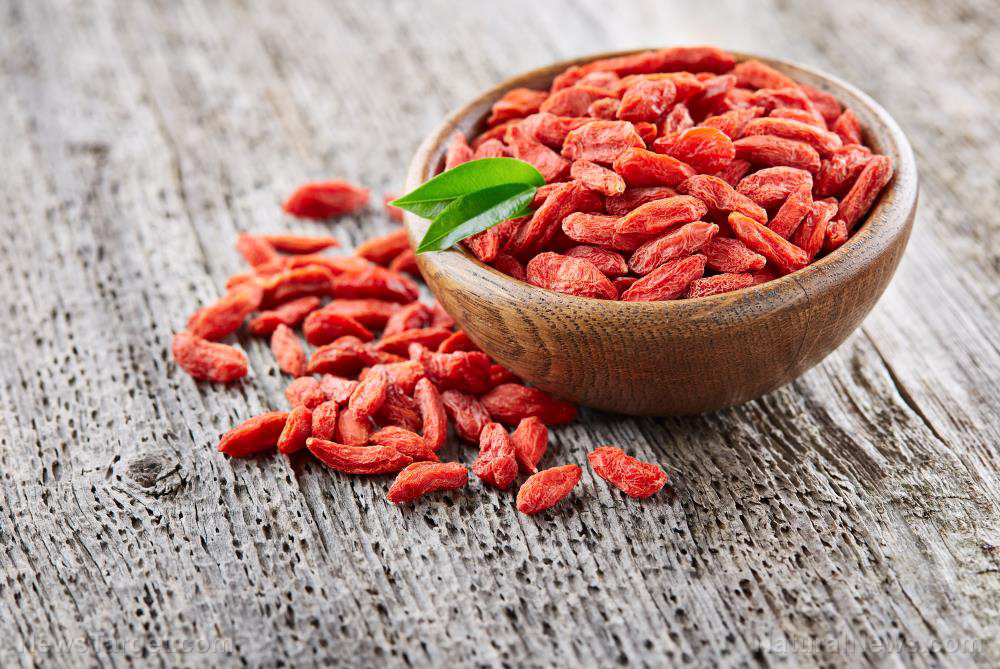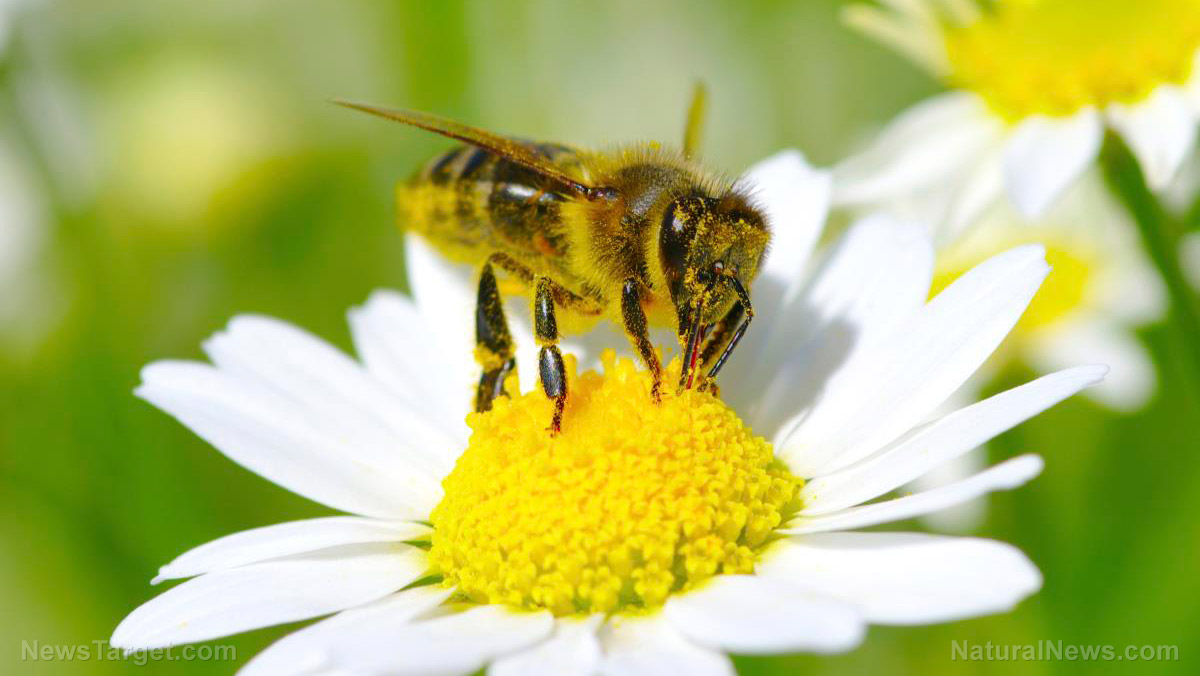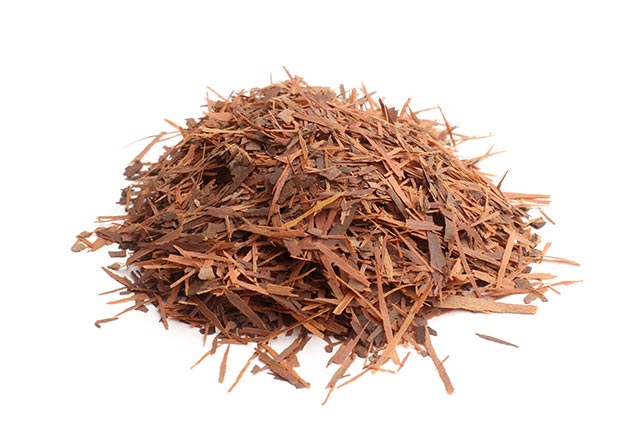Everyday medicine of the Native Americans: 15 of their most-used plants
06/21/2018 / By Earl Garcia
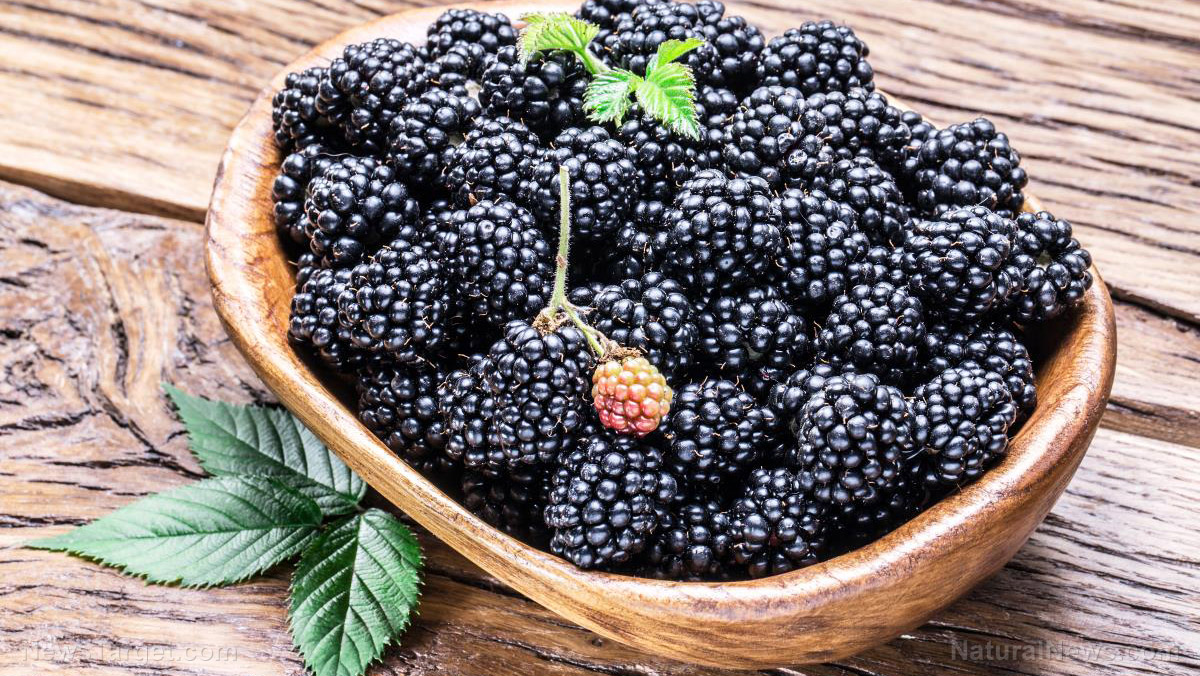
Native American medicine has long been lauded for its effective use of plants in alleviating a plethora of diseases. The healing art is believed to be as old as 40,000 years. An article posted on the Health and Healing website reveals that the healing art is known to combine and incorporate the health practices of more than 500 distinct nations residing in the Americas prior to European exploration at the end of the 15th century.
Native American medicine is founded on a sound philosophy that man is a part of nature and that health is about achieving balance. In this article, we will walk you through some of the most common plants that Native Americans use in their treatments. (Related: 23 Medicinal plants you need to know about when SHTF.)
Flowers and fruits as Native American medicine staples
- Yarrow — Yarrow poultice has long been used by Native Americans as a topical treatment for wounds to stem the excess bleeding. Likewise, a decoction made from fresh yarrow juice and water is known to ease upset stomach and other intestinal disorders.
- Wild rose — The plant is commonly used to address cold and cleanse the bladder and kidneys. The fruits also contain high levels of vitamin C, which makes it an excellent immune booster.
- Lavender — Lavender is traditionally used to calm the mind and alleviate stress-related disorder. A Bio Prepper article notes that lavender is a perfect remedy for insomnia, anxiety, and depression as well as headaches and fatigue.
- Hummingbird blossom — Native Americans, especially the Cherokees, use hummingbird blossom for more serious conditions such as cysts, fibroid tumors, and inflammation as well as mouth and throat problems. Likewise, the plant helps address inflamed tonsils, enlarged lymph nodes, and enlarged spleens as well as hemorrhoids and menstrual bleeding.
- Honeysuckle — Honeysuckle is commonly used as a first-line treatment for various respiratory disorders such as asthma, upper respiratory tract infections, and pneumonia.
- Rosehip — The plant is known to address stomach spasms, stomach acid deficiency, and stomach irritation as well as ulcers and other intestinal diseases.
- Blackberry — The berries are prized for their strong anti-inflammatory properties that help ease swelling and improve joint mobility across the body, according to a Daily Health Post entry.
Herbs, roots, reeds and many more
- Mint — The popular and refreshing herb is touted for its high antioxidant content, and is a widely used remedy to a host of digestive illnesses. Likewise, essential oils obtained from mint may be used as a topical treatment for various skin conditions.
- Prickly pear cactus — This prickly plant has long been valued for its efficacy in treating urinary tract infections and boosting the immune system. The plant is also found to lower cholesterol and reduce the odds of developing diabetes and diet-related heart disease. Moreover, Native Americans used mature pads to make a poultice for wounds, burns, and boils.
- Mullein — Mullein is a highly popular herb among Native Americans due to its efficacy in relieving asthma and chest congestion. Native Americans are known to burn mullein roots and leaves and inhale the smoke to help calm the respiratory tract and open up the air passages.
- Licorice root — Native American healers used this food flavoring to relieve stomach problems, bronchitis, food poisoning and chronic fatigue.
- Wild ginger — The Cherokee people are known to drink wild ginger root tea to address digestive conditions including intestinal gas, upset stomach, and colic. On the other hand, the Meskwaki people steeped the plant’s crushed stems to ease an earache.
- Sumac — Sumac is a commonly used treatment for eye disorders, sore throat, diarrhea and skin allergies.
- Sage — This flavorful herb is traditionally used to relieve abdominal cramps, spasms, and cuts as well as bruises, colds, and flu.
- Cattail — An article posted on the Healthy Holistic Living website notes that while cattail is not exactly considered as herbal medicine, Cherokees often ate cattails to speed up the body’s healing process.
Log on to Naturopathy.news and see more articles about powerful healing plants.
Sources include:
Tagged Under: alternative cures, alternative medicine, alternative remedies, herbal medicine, Indians, medicinal plants, Native American, Naturopathy, prepping, survival, traditional medicine

